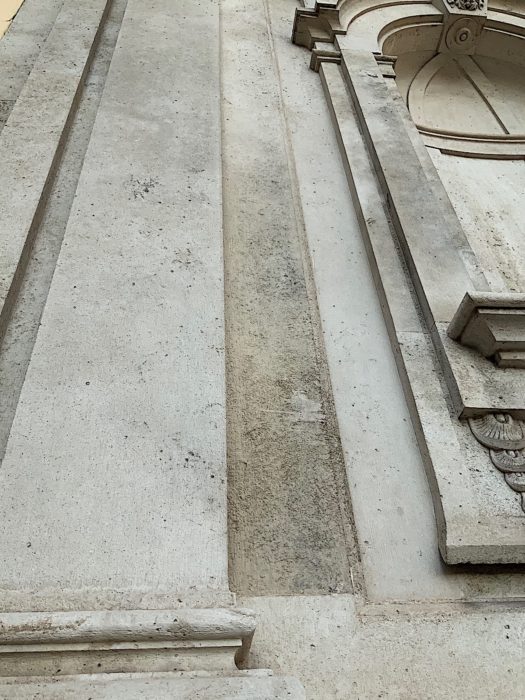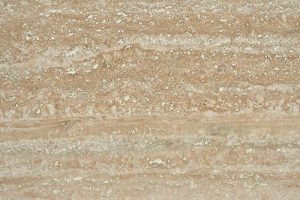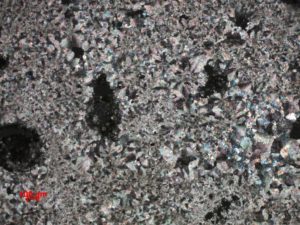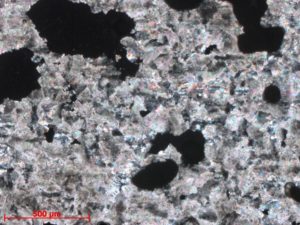
Lithotype
Travertine
Common names
Travertino, Pietra di Rapolano, Travertino di Siena
Rock classification
Sedimentary rock
The rock comes from the area between Rapolano Terme and Serre di Rapolano (Siena).
The Rapolano travertine (concretionary limestone of chemical origin) outcrops in the area between Rapolano Terme and Serre di Rapolano (Siena); it consists of a series of travertine bodies located along the Rapolano fault. The deposits are often divided into four plates, whose maximum thickness is in the range 20-40 meters; they stand on the clayey and sandy marine sediments of the Pliocene Basin of Siena. They are dated to the Upper Pleistocene-Holocene. The genesis is related to the presence of thermo-mineral sources and to the morphology of the area. The distance from the source of the deposition areas is responsible of the different lithological and sedimentological characteristics of the travertine outcrops.
The use of Rapolano travertine in Florence is restricted to the XIX century when it was utilized in the reconstruction of the Chiesa di Ognissanti façade (1871-1872). Travertine was also used for the bases of the Lion statues in the Loggia dei Lanzi.
The composition is mainly calcitic with low amount of clay minerals.
Macroscopic description
The Rapolano Travertine displays variations in colour from white, light brown, to dark brown; marked veins (sometime also convoluted) of gray, brown, black colors that make them unique and unmistakable are visible. The presence of sub-millimeter and pluricentimetric plant moulds, vacuoles, elongated porosity, bubbles, and cracks is characteristic. The variability of sedimentation environments makes the travertine aspect very varied.
Microscopic description
Carbonatic mudstone often showing dendritric structure and different characteristics depending on the sedimentation environment in which it was formed; inside the rock it is possible to find mud-cracks, crystalline crusts of calcite, bioclasts (molluscs remains, alghae, shrubs), bubbles or circular sections of plant moulds.


